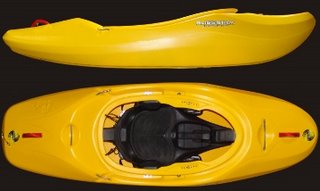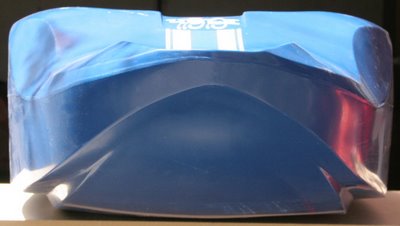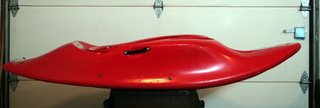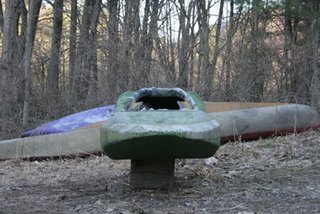
Slick smooth sexy fun in a fast short boat that edges effortlessly, allowing an infinite amount of fine adjustments and refinements as you play every part of the river that you are running with ease in a Pintail

CR stays flat, and that's that (or that's about all it does). A stretched ass (bouncer) that slows your speed down so you can sit at the top of the wave instead of surfing the entire face.

bouncing is good, if that's the RX thing you limit yourself to, and this stretched butt machine will bounce, a bit less than a dedicated playboat,but it will bounce. Forget about edging or speed here. It's a flat, square boat.
the Pintail is actually faster than both the RX and the CR, because of it's progressive rocker. Note the "kick" rocker or the "3stage" rocker (or whatever the marketing company decided to call it this year....) on those boats.
Ok. Admittedly Im' not a fan of this on playboats because there IS more to life than butt bouncing. BUT, it does help with ass bouncing on a certain small part of the wave. However, just by the fact that these RX and CR boats are stretched out ass bouncers, are longer than a playboat, means that the funny rocker is not going to bounce you very high, but it will still slow you down. Kind of the worst of both worlds. (also kind of funny how similar these boats are to each other...)
Notice the smooth rocker on the Pintail. This lets the water see the boat as a longer surface(allowing a shorter boat to act longer and faster), instead of 3 broken surfaces. Additionally, the smooth transition lets you rock up on your stern if you get stuffed down into the trough of a wave, or lean way forward to stay on the wave. Infinitely adjustable instead of just 3 random choices....























